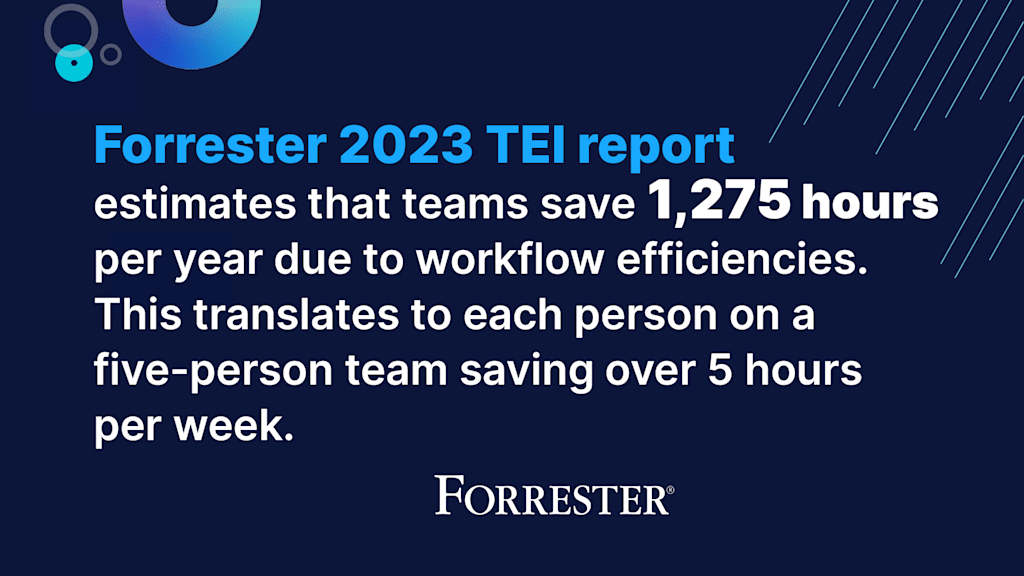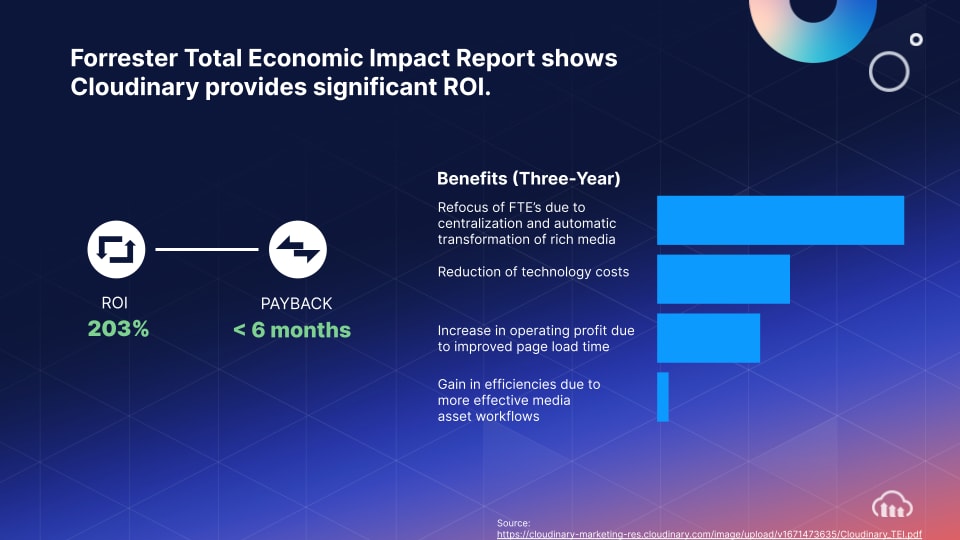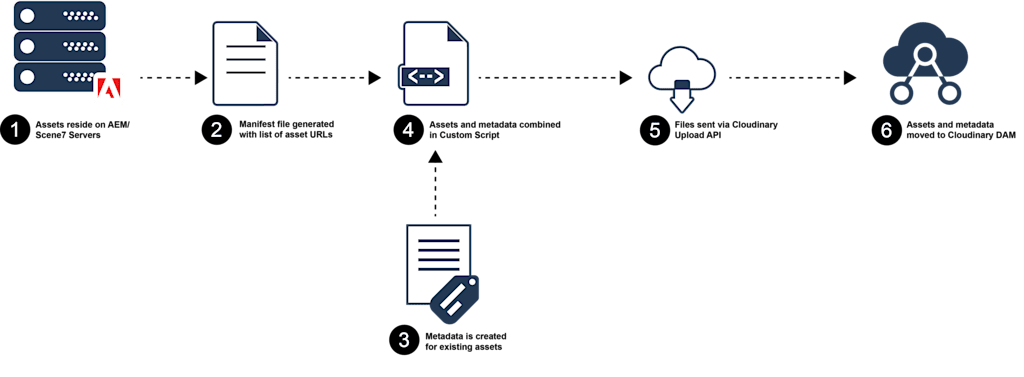Consumers are accustomed to experiencing immersive images and video across every device, consistently — and there’s little doubt that their expectations will continue to soar. To meet ever-rising, experiential demands, brands need to stay ahead of consumers. If you own the ecommerce tech stack, it’s critical to support your marketing teams, e-commerce partners and business teams with technologies that can bring their visual media strategies to life.
Being “good enough” is no longer good enough. High-performing visual media directly relates to conversion and revenue, and the best way to do this is with a future-proof and composable visual media solution that integrates into your tech stack.
Companies that continue to insist that their outdated media solution, running on 15-year-old technology, is “good enough” at meeting their customers’ needs are taking a huge risk. As Gartner reports: “By 2023, organizations that have adopted a modern, composable approach will outpace competition by 80% in the speed of new feature implementation.”
In this blog, we will help you make the switch from your legacy dynamic media solution to Cloudinary. You’ll learn how Cloudinary outperforms your current outdated solution and beats other competitors on the market, improves your overall ROI, and makes asset migration and entire upgrade process as seamless as possible.
For tech teams, time is of the essence to make a switch to a new digital media solution. The longer a company waits, the farther they will fall behind. But there are some key questions companies and developer teams need to ask before they get started. The questions aren’t technical. The aim is to get a company into a future-forward mindset.
- How much manual work is being asked of your development teams? Companies should look at their current solution and determine if it requires their developers to do additional or unnecessary manual work. A company doesn’t want a solution that has teams wasting valuable time on tasks that don’t reflect their talent. For example, you don’t want teams wasting time on things that can now be accomplished with AI such as manual image tagging and cropping or manually formatting for progressive video downloads. Learn how Simplotel saved hundreds of engineering hours in media management for its site that promotes 2,000 hotels; and see how the composite company developed for the recently released Forrester 2023 TEI report shows that Cloudinary can save countless hours per year thanks to workflow efficiencies.

- Are you saving money in the long run? A future-proof visual media solution puts companies in position to save costs down the road. The 2023 Forrester Total Economic Impact Report also shows that an investment in Cloudinary will pay for itself within six months. Over a three-year period, customers will experience a 203% return on their investment. Additionally, companies see a reduction in technology costs and gain efficiencies due to more effective media asset workflows. With Cloudinary, developer teams can consolidate multiple technologies into one solution. Older solutions have feature set limitations, often footing customers with the bill to buy and maintain additional video tools separately.

- Are you ready for next-gen visual commerce? Look at your current tools and ask yourself if you can deliver high-quality video transformations, create 3D or AR experiences, and entertain object-aware AI and technologies yet to arise? Switch now to a composable, API-driven, MACH-certified solution that easily integrates into your tech stack. Outdated platforms lock developers and tech teams into old visual experiences, leaving little room for innovation. They lack automation and advanced video capabilities, and they certainly can’t offer the support needed to escort a company into the future of visual media. And innovative experiences work. Global fashion retailer Paul Smith saw a tremendous 45% boost in sales for the products where video was added to their product detail page.

Companies do have options available when evaluating media solutions. Cloudinary believes the proof is in the visual pudding, however, with its purpose-built, composable solution checking all the boxes required for future-proof features and handling. The checklist graphic below highlights how the solutions fare across nine key features. See the complete document here.

Built on composable architecture, it’s clear Cloudinary leverages powerful APIs and SDKs that link with other tools to fulfill any content need.
With a composable framework, companies are in control of designing their own custom tech stack using best of breed products. Cloudinary users gain access to add-ons and a broad ecosystem of integrations that goes well beyond the other solutions on the market.
It’s understandable to feel a little uneasy about leaving a legacy solution you’ve depended on for years but know that migration is easy. Cloudinary is an expert in migrating customers from old dynamic media solutions — supporting customers through the entire journey before, during and well after the migration.
Before. Cloudinary helps guide you through the pre-migration process, such as helping to plan a budget and define a migration schedule. We’ll help you think through metadate enhancements and map existing workflows into Cloudinary that enable you to fully maximize the solution.
Additionally, we’ll walk you through the pros and cons of our three available recommended asset migration options, complete with reference architectures. It’s all designed to give you the confidence you need to move into the future.

During. Asset migration is our expertise. The migration relies on predefined, repeatable processes that have been refined through numerous preceding migrations. Here is an example of the most widely used migration option.

After. Cloudinary does not disappear into the clouds. Once assets are migrated into Cloudinary, our customer support team ensures a smooth implementation and becomes a dedicated partner to make sure things remain running smoothly.
As Hannah Bennett, Head of Digital at London-based retailer Paul Smith, puts it: “Cloudinary is our standard now when it comes to media management. It’s very rare to find a company where the products and the care and support — from implementation, onward — is as strong. To me, Cloudinary is a must-have and a relief to use.”
Ready to explore the move from your old legacy dynamic media product to Cloudinary’s modern visual media solution that will take your brand to new visual heights, consumer engagement and revenue?
Contact us here and begin the switch.



